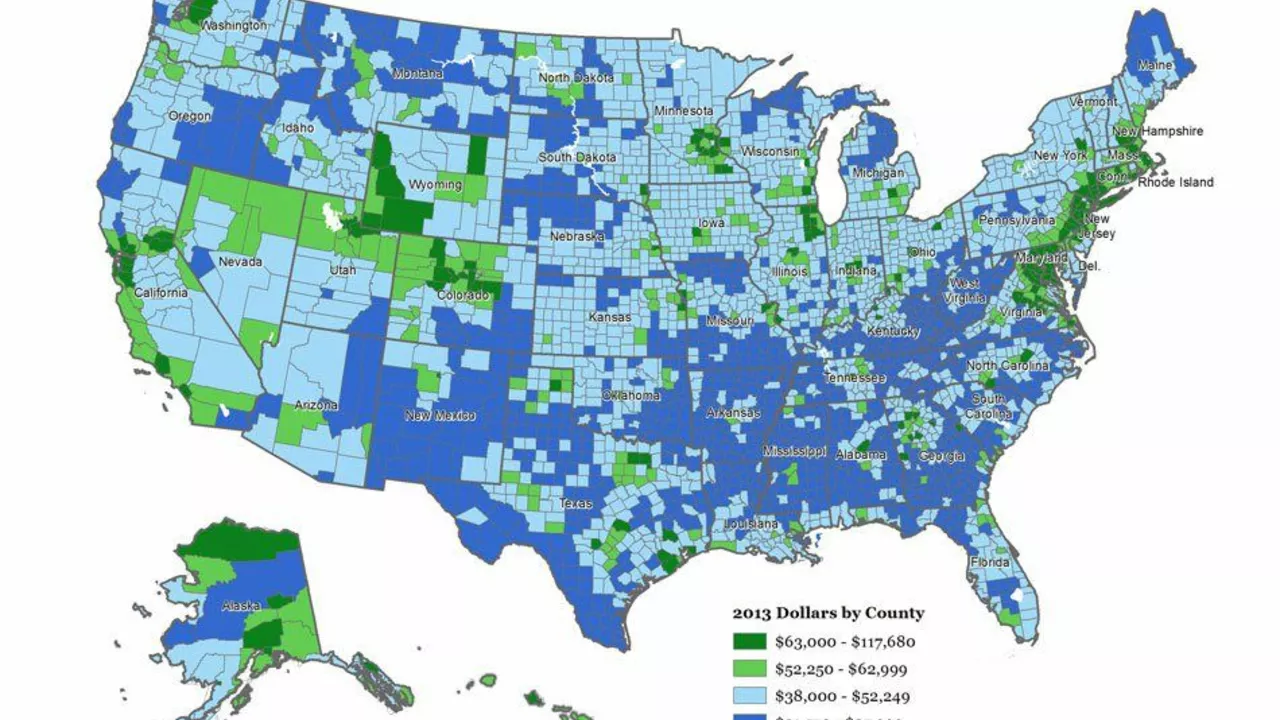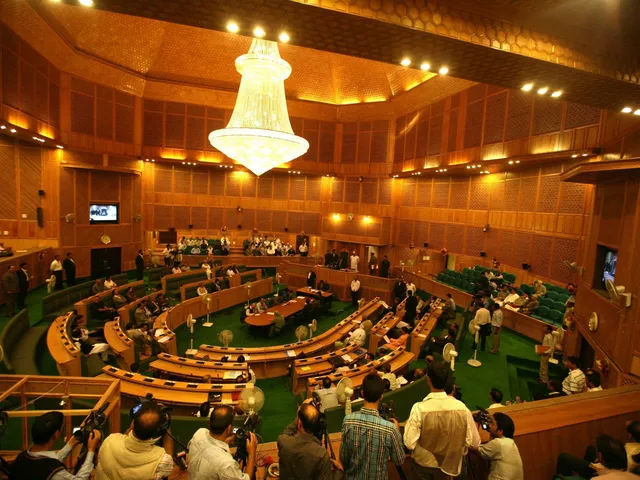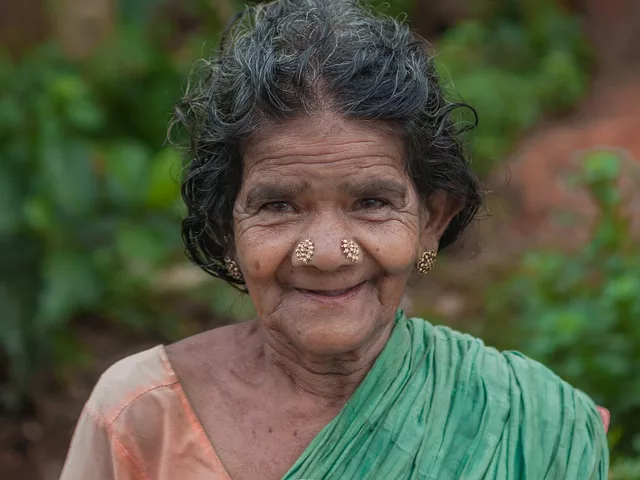Social Issues & Poverty – Why So Many People Remain Poor in India
Ever wonder why poverty still grips so many Indians despite rapid growth? It’s not a single cause but a mix of factors that push people into a never‑ending loop. Understanding those drivers helps you see where real change can start.
Key Factors Driving Poverty
First off, India’s population keeps swelling. More people mean more competition for jobs, and the job market hasn't kept pace. When families can’t find steady work, income stalls and debt builds up fast.
Education is another huge piece. Lots of kids leave school early or never get a quality education at all. Without basic skills, they’re stuck in low‑pay jobs or informal work that barely covers daily needs.
Social inequality adds a heavy weight. Caste, gender, and regional biases often decide who gets a loan, a good job, or a chance to own land. When the playing field is tilted, the same groups stay poor generation after generation.
Infrastructure gaps make life tougher in rural areas. Poor roads, limited electricity, and weak health services mean farmers can’t get their products to market efficiently and families face higher medical costs.
Corruption and bureaucratic red tape also drain resources that should go straight to those in need. Mismanaged funds, delayed projects, and opaque policies leave many without the safety nets they deserve.
What Can Be Done?
Boosting education is a quick win. Simple steps like improving school attendance, offering vocational training, and making learning relevant to local jobs can lift families out of poverty faster than big‑scale projects.
Creating more jobs in the informal sector helps too. Small‑business grants, micro‑loans, and skill‑building programs give people tools to start their own ventures, which adds income and reduces reliance on scarce formal jobs.
Addressing inequality means targeting policies that level the field. Reservation programs, gender‑focused initiatives, and anti‑discrimination laws need strong enforcement to make a real impact.
Infrastructure upgrades – better roads, reliable electricity, and accessible health clinics – cut costs for farmers and small traders, letting them keep more profit and stay healthier.
Finally, clean up corruption. Transparent budgeting, citizen oversight committees, and digital payment systems lower the chance of funds disappearing before they help anyone.
All these steps work best together. When education improves, jobs appear, and the playing field evens out, poverty starts to shrink. It’s not a magic fix, but steady, practical moves that add up over time.
So next time you hear headlines about India’s booming economy, remember that growth must reach the people on the ground. Understanding the root causes of poverty is the first step toward real, lasting change.





